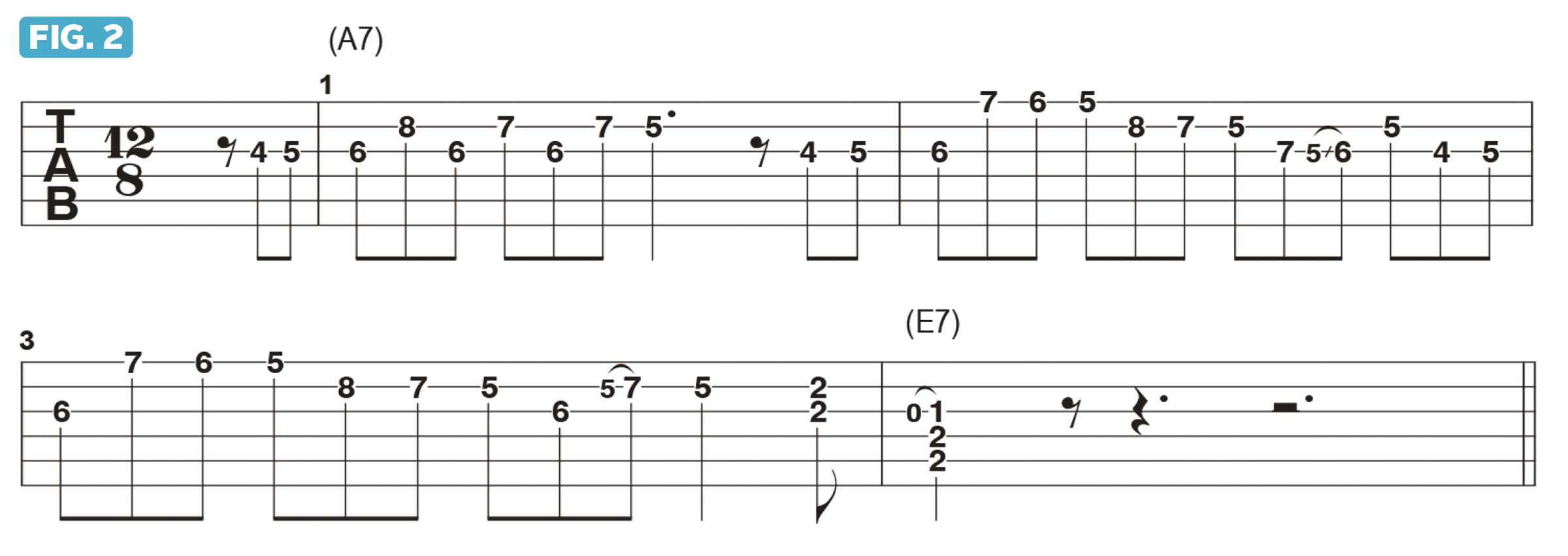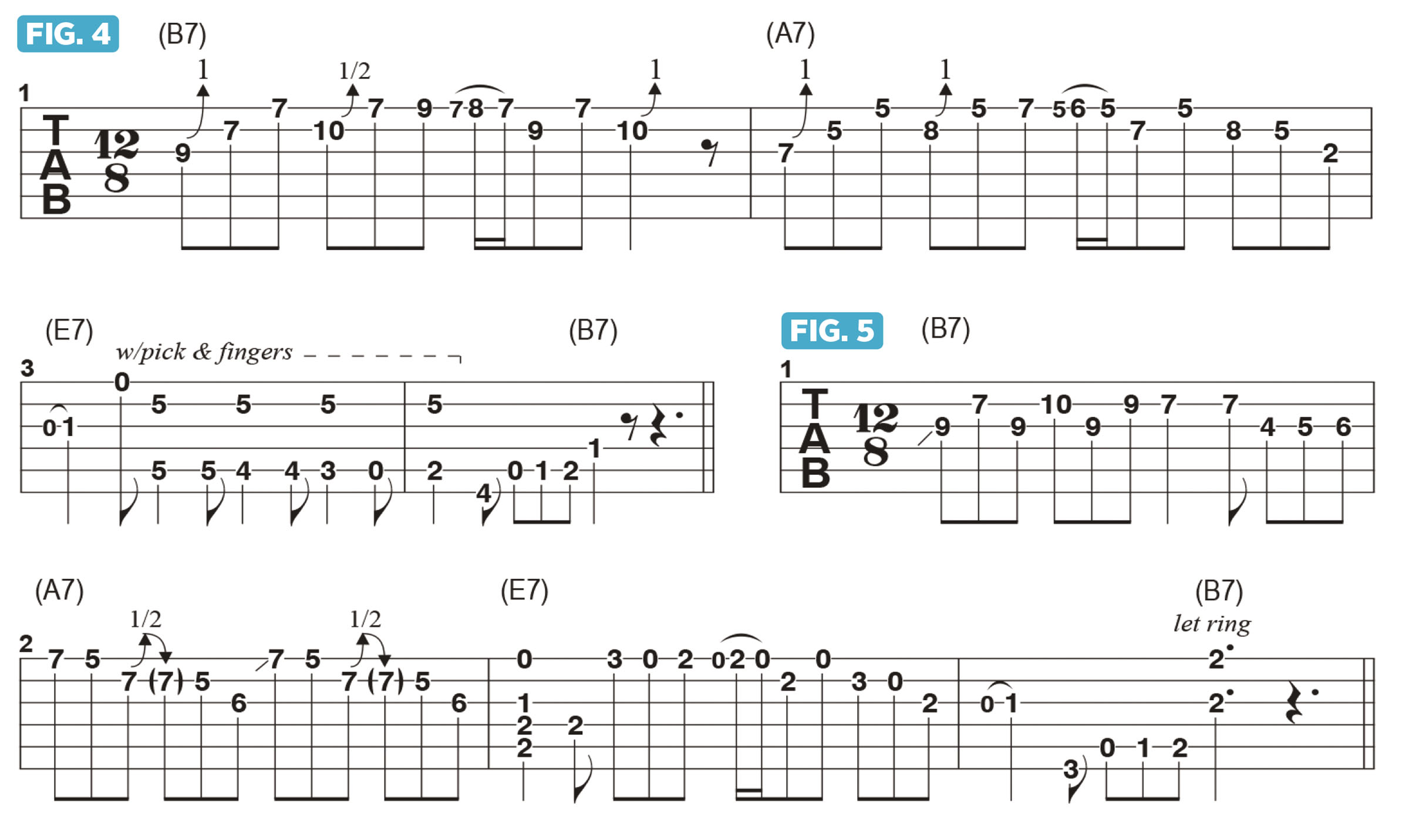“‘Blues approved’ licks that work well both as embellishments to rhythm parts or as phrases within a solo”: Sue Foley shows you how to breathe new life into your 12-bar blues
In my previous columns, I’ve demonstrated a handful of what I consider to be essential “blues approved” licks that work well both as embellishments to rhythm parts or as phrases within a solo.
Our framework throughout has been a 12-bar blues shuffle in E, with focus on navigating the change from the I (one) chord, E7, to the IV (four), A7, and back. We then applied a similar approach for moving from E7 to the V (five) chord, B7, and then back down through the progression to A7 then E7.
The method I’ve emphasized for moving from E7 to A7 is to play the chromatically ascending notes B-C-C# on the G string, targeting C# on the downbeat of 1, followed by a high G note on the B string's 8th fret. These notes work well because C# is the major 3rd of A7 and G is the minor, or “flatted,” 7th. These two notes strongly and clearly describe the chord in this context.
In Figure 1, I expand on the previous phrases by adding the chromatically descending line B-Bb-A on the high E string. As you can see, the “walk up” to C# on the G string is followed by a B-Bb-A “walk down” to the A root on the high E string on the second beat of bar 2, which affirmatively acknowledges the implied A7 chord. I close out the phrase in a simpler manner before moving back to E7 in bar 3.

In Figure 2, I further demonstrate the differences between staying on the G and B strings and playing a simpler line, versus skipping from the G string over to the high E to play a slightly more complex phrase.
This is an effective way to weave a bit of chromaticism around the IV chord, A7, before resolving back to E7.
I encourage you to play around with these ideas and feel free to add more of your own invention and personality.
All the latest guitar news, interviews, lessons, reviews, deals and more, direct to your inbox!
One way to do this is to include quick hammer-ons or pull-offs, as I demonstrate in Figure 3. Over A7, after the B-Bb-A walk-down on the high E string, I then do a quick A-Bb-A hammer/pull that leads into a descending line that clearly outlines the A7 chord.
Figure 4 offers a “Texas blues shuffle”-type of phrase played over the last four bars of the progression, starting from the V chord, B7.
I begin by thinking B minor pentatonic (B, D, E, F#, A), with a whole step bend from E to F# on the G string, followed by F# and B and then a half-step bend from A to A# (Bb) on the B string.
I then drop in the same quick hammer/pull introduced in Figure 3, but moved up a whole step and two frets to work over B7. In bar 2, over A7, I shift down two frets and repeat the same phrase down a whole step before wrapping up the phrase in bars 3 and 4 with a stock turnaround: while descending D-C#-C-B on the A string, I repeatedly fingerpick a high E root note on the B string’s 5th fret.
Figure 5 offers another four-bar phrase that moves from B7 to A7 to E7, with the melodic line shaped a little differently. There are countless ways to “skin a cat,” so to speak, so experiment with these phrasing ideas and see how many different variations you can come up with.
You must confirm your public display name before commenting
Please logout and then login again, you will then be prompted to enter your display name.




